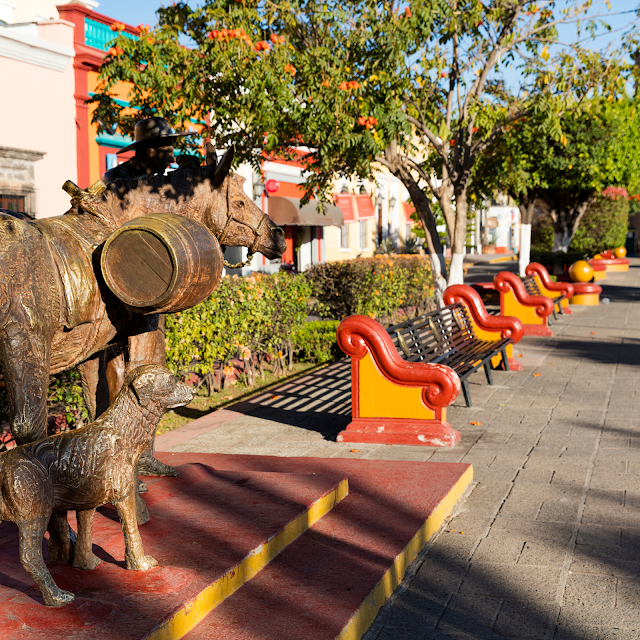Tulum Ruins
Unveiling the Mysteries of Tulum: A Guide to the Ancient Ruins
Tulum, Mexico is a mystical place where ancient civilizations left behind a rich legacy that continues to captivate the imagination of travelers and historians alike. The Tulum ruins are one of the most fascinating archaeological sites in the world, offering a glimpse into the lives of the Mayans who once called this coastal town home.
History of the Ruins
The Tulum ruins date back to the 13th century, during the Post-Classic period of the Mayan civilization. The city was built as a fortified settlement, perched atop a 40-meter-high cliff overlooking the Caribbean Sea. This strategic location allowed the Mayans to control trade routes between the mainland and the islands.
El Castillo (Temple of Kukulkan)
The most iconic structure in Tulum is El Castillo, also known as the Temple of Kukulkan. This 5-story pyramid rises from the jungle, its facade adorned with sculptures of snakes, gods, and other mythical creatures. The temple was built to honor the feathered serpent deity, Kukulkan, who was revered by the Mayans.
The Ball Court
Adjacent to El Castillo is the Ball Court, a large open space where the Mayans played a sacred game called Tlachtli (also known as Pok-ta-Pok). The game was a ritualistic competition between teams, with the objective of scoring points by hitting a rubber ball through hoops.
The Temple of the Frescoes
This temple is home to some of the most impressive frescoes in Mesoamerica. The murals depict scenes from Mayan mythology, including the creation story and the legend of the Hero Twins.
The Temple of the Descending God
This small temple was dedicated to the god Chaac, who was associated with rain and fertility. The temple features intricate carvings and sculptures that showcase the artistic skills of the Mayans.
Exploring the Ruins
As you wander through the Tulum ruins, be sure to take in the stunning views of the Caribbean Sea from the cliff top. Take your time exploring the various temples and structures, and don't miss the following must-see sights:
1. The Palace: This grand structure was once the residence of the Mayan ruler.
2. The Temple of the Initial Series: This temple features intricate carvings and sculptures that showcase the Mayan calendar system.
3. The Sacred Cenote: A large natural sinkhole where the Mayans performed human sacrifices.
Tips for Visiting
1. Respect Local Culture: When exploring the ruins, remember to respect local traditions and customs.
2. Bring Sunscreen and Water: The Mexican sun can be intense, so don't forget to pack sunscreen and plenty of water.
3. Take a Guided Tour: A knowledgeable guide can provide valuable insights into the history and significance of the ruins.
Practical Information
- Best Time to Visit: December to April
- Getting There: Fly into Cancun International Airport (CUN) and take a taxi or shuttle to Tulum (approximately 2 hours)
- Language: Spanish, but many locals speak English
- Currency: Mexican Peso (MXN), USD widely accepted
Insider's Secret: Explore the nearby town of Valladolid for an authentic taste of Mayan culture and delicious local cuisine. Enjoy traditional dishes like cochinita pibil and papadzules in a charming atmosphere.
As you explore the Tulum ruins, remember that every step, every glimpse, and every experience is a testament to the enduring legacy of this captivating city. Take your time to soak up the history, culture, and natural beauty of this incredible destination.











Comments
Post a Comment